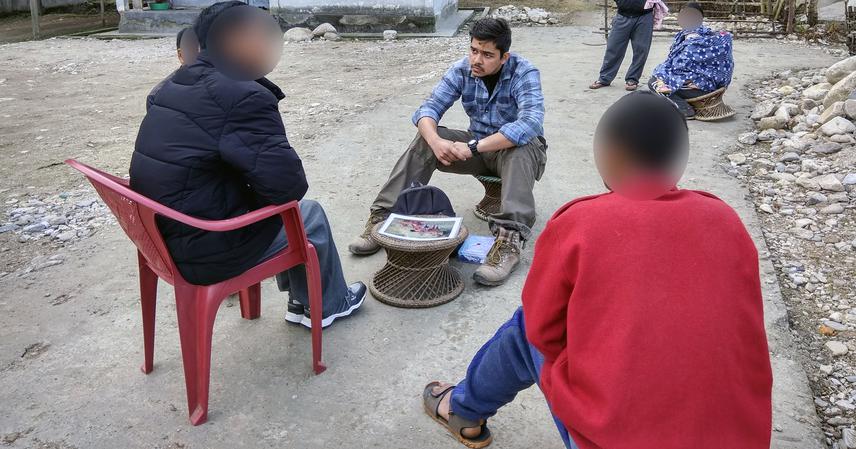Ryan Gregory Rodrigues
The key objective of the project is to investigate the connectivity of dhole metapopulations across the Indian subcontinent. We will be identifying potential corridors that connect populations within critical landscapes. We will also generate genomic information from each metapopulation to identify populations that are at risk of isolation or local extinction and, assess the functionality of the corridors that link these populations. The resulting information will allow us to develop effective metapopulation management plans for dholes.

Globally, there may be 949 to 2,215 mature individuals left (Kamler et al. 2015). In the Indian subcontinent, the last 100 years have seen dholes disappear from nearly 60% of their historic range (Karanth et al. 2009). This series of local extinctions, range contractions and decrease in population sizes is believed to have been driven by loss of forest habitats and intentional persecution. A growing economy and increasing focus on infrastructure development will further exert enormous pressure on India’s forests and wilderness areas. In the near future, we are likely to see expansion of linear infrastructure and increased fragmentation of forests across our conservation landscapes resulting in loss of functional connectivity for multiple species.
Forest-dependent species, such as the dhole (Srivathsa et al. 2019a), especially require conservation interventions that are science-based, carefully designed and implemented in a feasible manner. Most dhole source populations are confined to Protected Areas. Conserving these populations while also retaining functional connectivity between them is pivotal for their long-term persistence. Connectivity between populations helps mitigate susceptibility of small, isolated populations to stochastic extinction (Frankham, 1995) and helps prevent loss of genetic variation (Tensen et al. 2019) and inbreeding depression (Åkesson et al. 2016).
The need to ensure connectivity between dhole populations and identify populations that are vulnerable to local extinction are the key motivations for initiating this study. The information generated will be of crucial importance for the conservation of dholes and other forest dependent species that have similar dispersal requirements. This is the first study of its kind to investigate connectivity across all major metapopulations of the species within its range limits at a countrywide scale. However, the framework and methods we use, based on current robust connectivity studies of threatened carnivores (e.g. Yumnam et al. 2014), is replicable across the species’ distribution range.
The project proposes to achieve the following tangible results of conservation relevance
(1) Generate a country-wide map depicting potential connectivity among extant dhole populations, providing insights into the extent of fragmentation of these populations.
(2) Estimate genetic diversity of dhole metapopulations. The estimates of genetic diversity for each metapopulation will help identify the degree of threat to the metapopulation and also give insight into the long-term viability of the species. Genetic diversity has been shown to have a strong correlation with the degree of threat faced by a species and the long-term viability of a species.
(3) Identification of critical corridors for dholes across their range in India
(4) Identification of corridors with potential for restoration
(5) Information that is pertinent for recolonisation of habitat areas where dholes have gone locally extinct.